Panasonic GH5 Mark II
The Panasonic GH5 Mark II is an update to a milestone camera from 2017, the Panasonic GH5. Not only did the original GH5 offer some of the best (perhaps even the best) 4K video performance on the market at the time, it also served up a very commendable stills showing thanks to its fast autofocus, in-body stabilization, bright viewfinder and thoughtfully-placed controls.
Welcome, then, to the sequel: the Lumix GH5 II. Panasonic obviously felt there was room for improvement in the GH5, but perhaps not that much room; this feels more like evolution than revolution, with the bulk of the camera’s specs and capabilities remaining untouched. The bigger leap will come with the Panasonic GH6, which will arrive later this year.
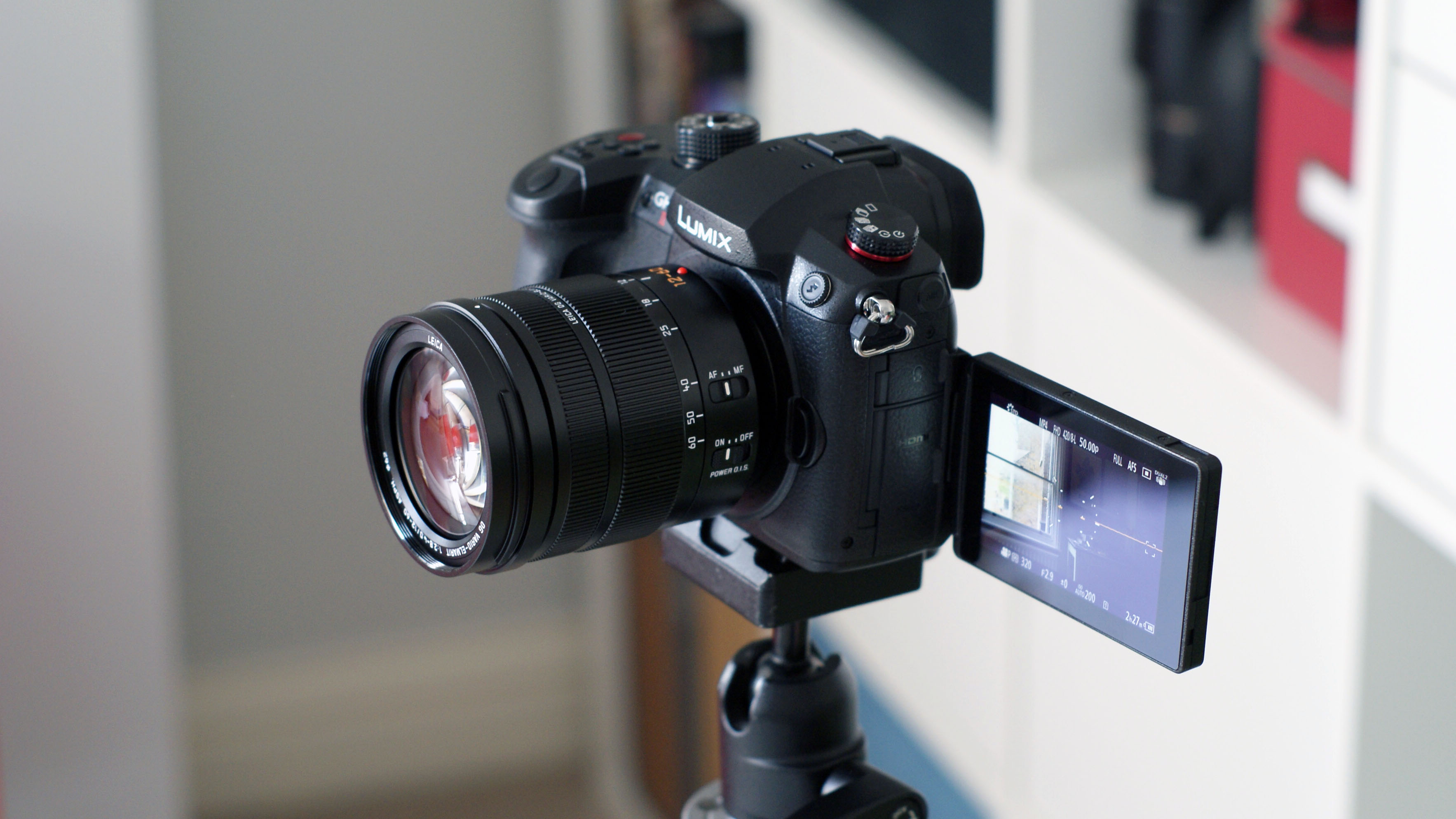
The most significant new addition to the GH5 Mark II comes in the form of live-streaming over Wi-Fi, which Panasonic clearly believes is a key feature that will appeal to content creators. There are minor improvements elsewhere too, but GH5 owners looking for a Panasonic camera that really rings the changes will need to wait a little longer for the GH6.
With its small size, wealth of video options, live-streaming skills and solid stills performance, could the Panasonic GH5 Mark II be the holy grail for vloggers, YouTubers and on-the-hoof content creators? Having spent some time in its company, we’re here to impart some early impressions.
Panasonic GH5 Mark II price and release date
The Lumix GH5 Mark II will be available from the end of June in three different packages: a body-only option for $1,699.99 / £1,499; an M kit (including a 12-60mm f/3.5-5.6 Lumix lens) for £1,699; and an L kit (including a 12-60mm f/2.8-4 Leica lens) for $2,299.99 / £1,999.
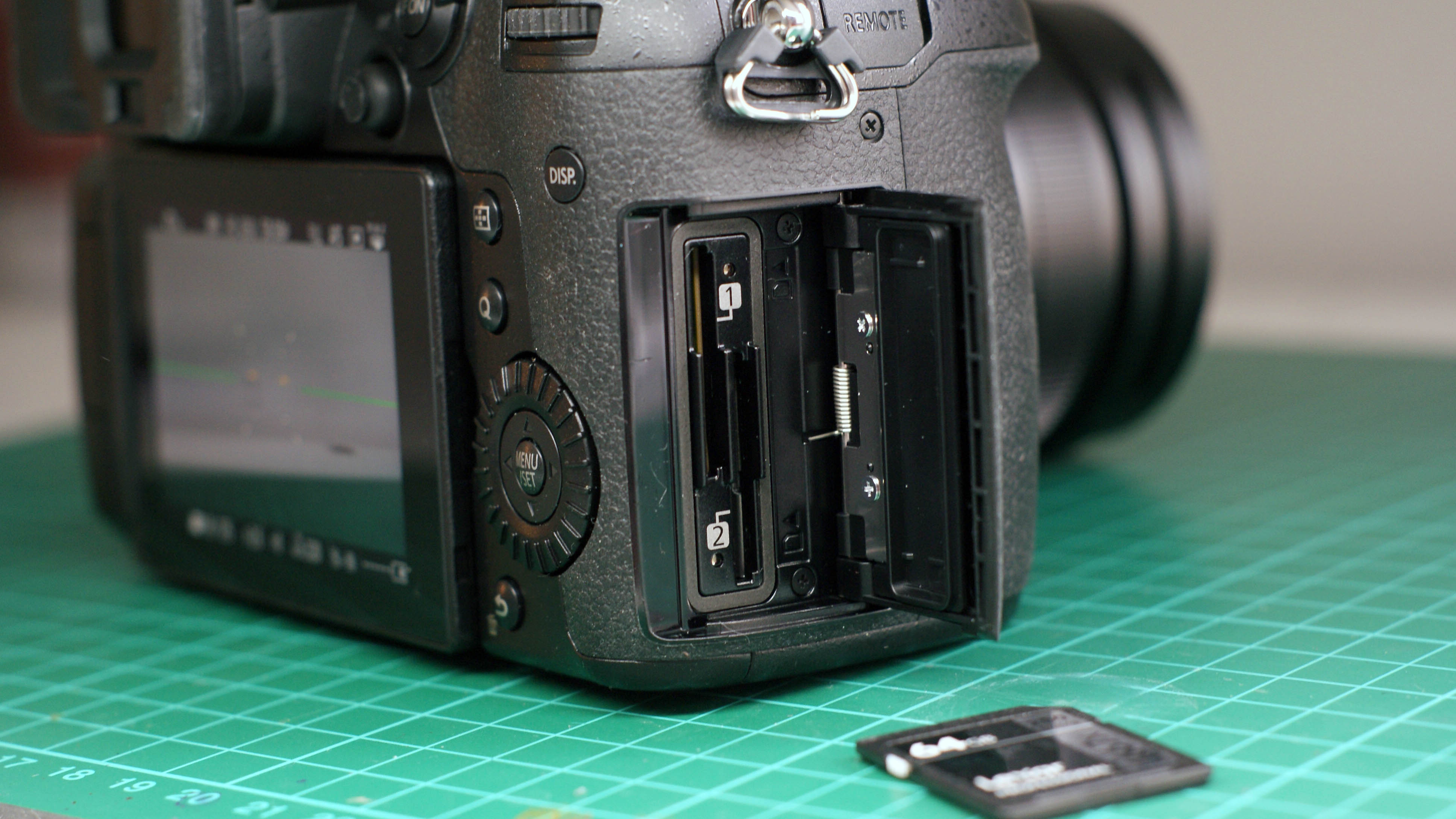
This means the GH5 Mark II is actually cheaper at launch than the original Panasonic GH5, which arrived in 2017 for $2,000 / £1,699. Then again, it does share much of the same hardware four years on, so this was to be expected.
Build and handling
The GH5 Mark II is nigh-on indistinguishable from its predecessor: it has the same dust-proof, splash-proof and freeze-proof magnesium alloy body with the same 138.5 x 98.1 x 87.4mm dimensions, and at 727g (including battery and memory card) weighs just 2g more.
To be fair to Panasonic, this is one area where change didn’t feel required. The quasi-DSLR shape of the camera fits well in your hands, and all the main controls (including the large red video stop/start button) are situated within easy reach of your fingers or thumbs. Dials give quick access to a wide range of shooting modes, including four user-customizable configurations, and a cursor-nub for your right thumb allows for fast menu navigation or autofocus point movement.
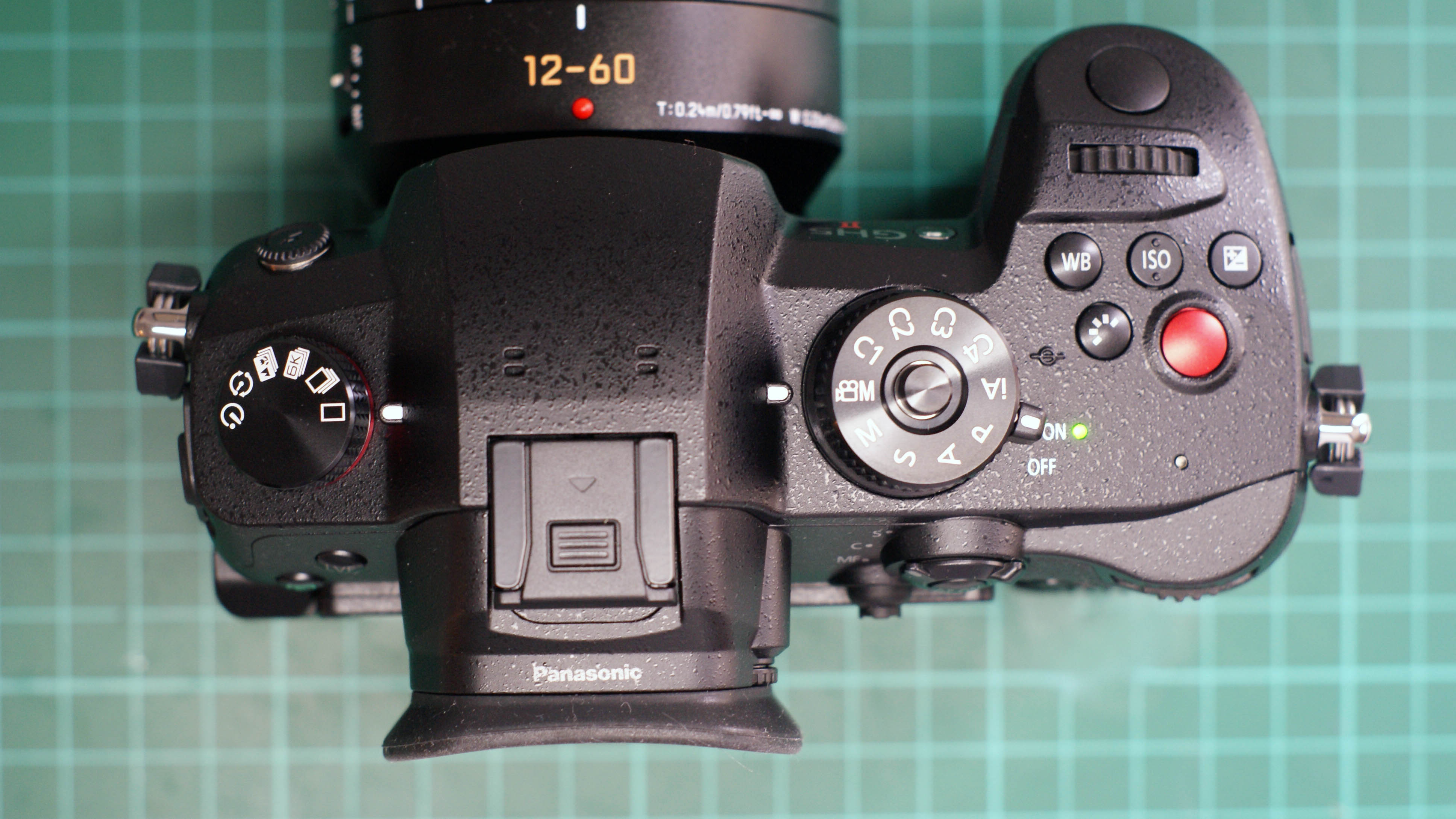
As with the original GH5, there’s a full-size HDMI output (able to transport a C4K 4:2:2 10-bit video feed to an external recorder, should the internal 4:2:0 recording not meet your needs), mic and headphone jacks, a dedicated remote, two SD card slots and a USB Type-C port. The USB connection on the GH5 Mark II is a level above its predecessor’s though, capable of recharging the battery and supplying power; it's a really useful upgrade, particularly given the live-streaming feature.
The touchscreen size has been slightly reduced, from 3.2-inch to 3-inch, but gets slight bumps to its brightness and resolution that we think make up for this. It keeps the extremely flexible tilt-and-swivel design, allowing it to flip around the side to face fully forward – essential for vlogging and live-streaming, really. The electronic viewfinder remains exactly the same as the GH5’s, which isn’t a problem as it’s bright, crisp and does its job perfectly well.
Specs and features
Wireless streaming is the star of the show here, and Panasonic was keen to stress to us the forecast rapid increase in its popularity over the next few years. The GH5 Mark II is compatible with the standard RTMP/RTMPS streaming protocol, which means it should work with a wide variety of platforms.
Don't be too concerned if you're not familiar with those, though, as there’s built-in YouTube and Facebook streaming for those who want to get started with a minimum of fuss. Just download the Lumix Sync app for your phone or tablet, go through the simple steps to get your device paired with the GH5 II, then log into your Facebook or YouTube account and you’re basically there.
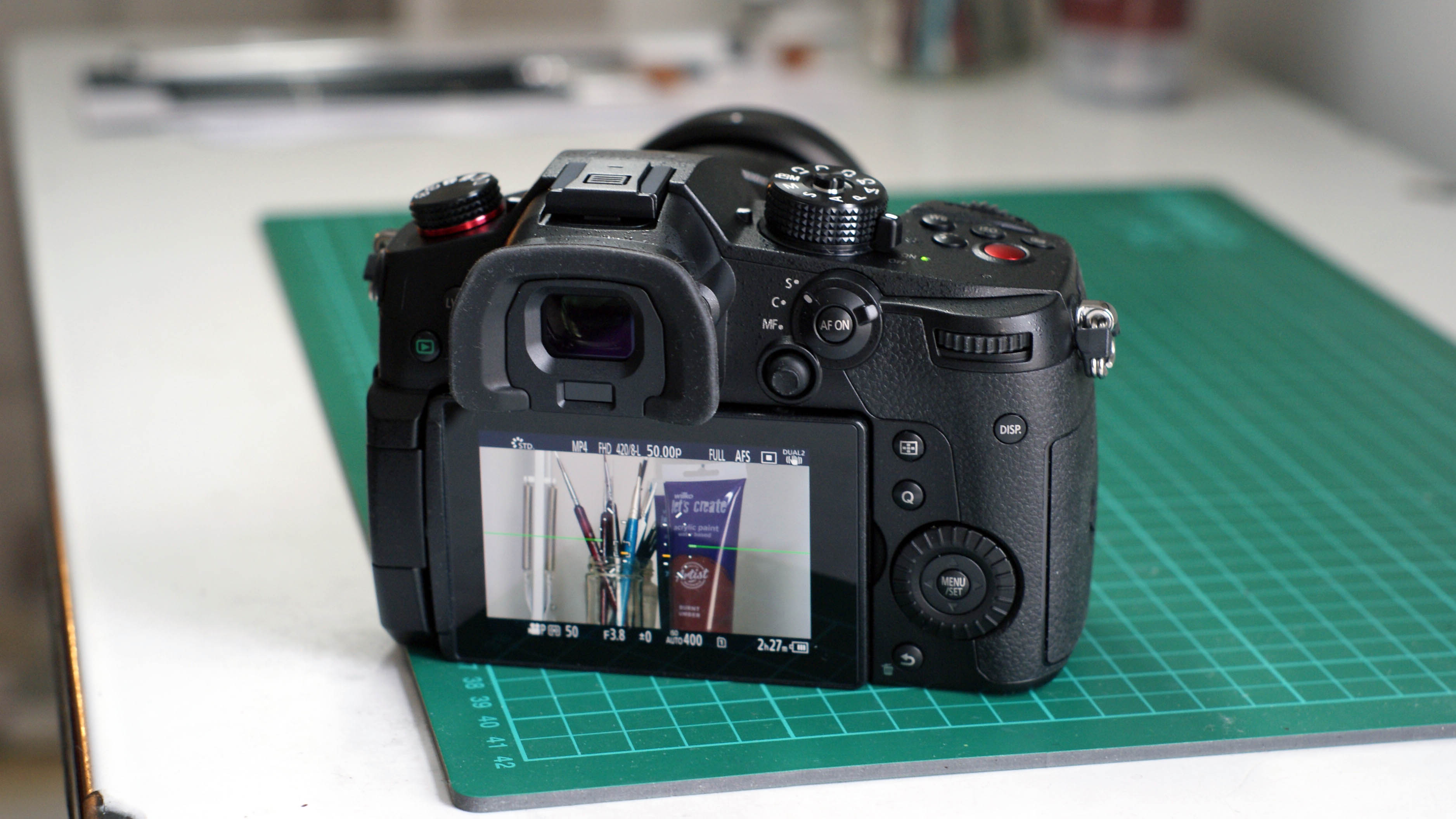
Despite using a pre-release GH5 II and app setup that required a bit more fiddling around than users will have to endure post-launch, we managed to get a pretty successful YouTube livestream up and running in a matter of minutes.
The video quality was generally good (1080p at 60fps is the highest available) considering that the entire thing was done wirelessly, although we were using our Wi-Fi setup rather than a phone hotspot. More in-the-field testing will be required before we can give the GH5 II’s star feature a resounding thumbs up, but first impressions are that it’s a solid offering in an area that few of Panasonic’s rivals seem to be particularly interested in exploring.
Wired RTP/RTSP (Real Time Streaming Protocol) streaming isn’t available at launch, but will be added in a future firmware update, along with USB smartphone tethering. You can, however, use the GH5 Mark II as a wired webcam using Panasonic’s Lumix Webcam Software, though this limits resolution to 960p and, in any case, already works with the GH5 and other existing Panasonic cameras.
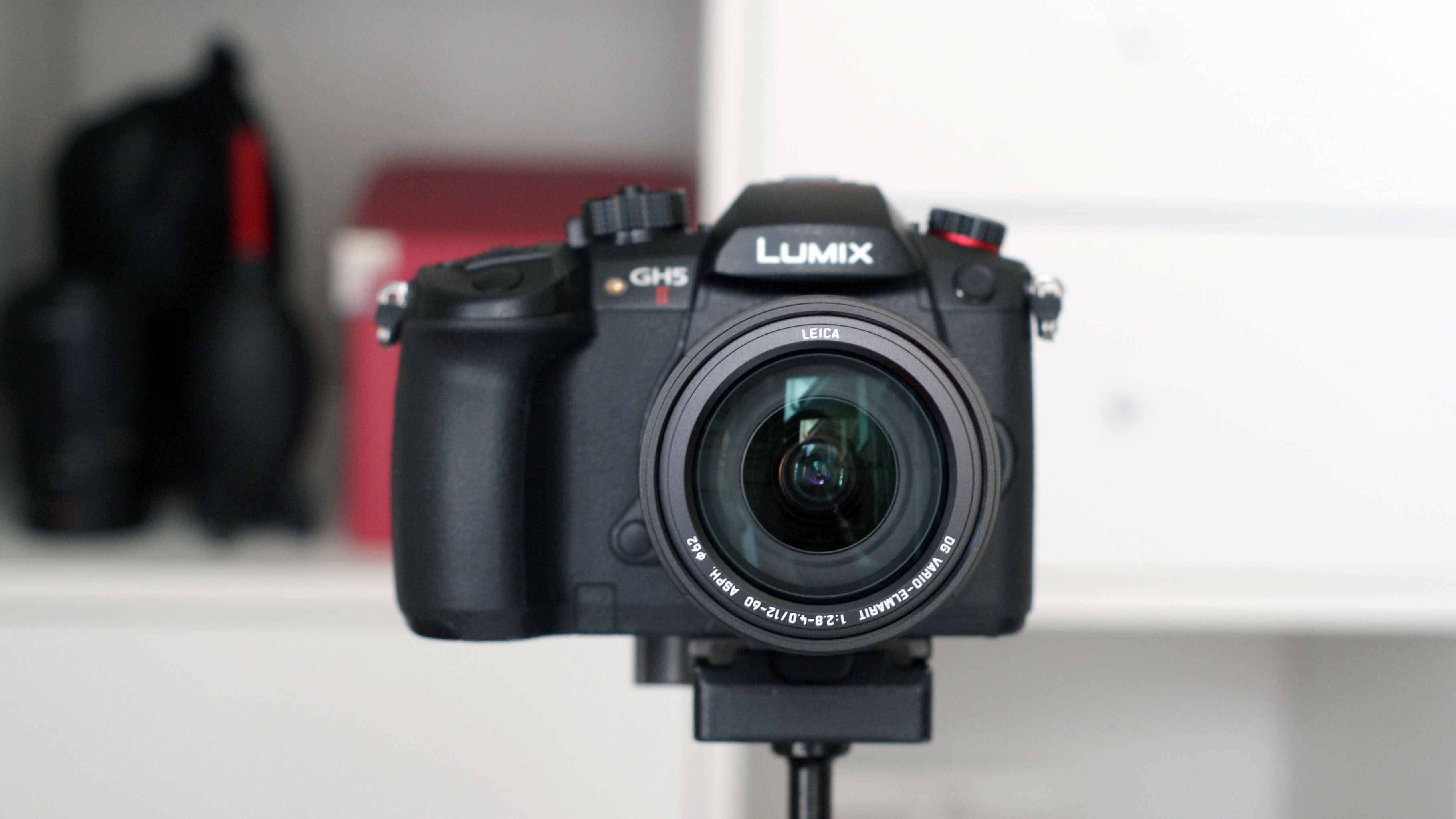
Also worth noting are minor improvements to the autofocus setup (it now comes with head, body and animal recognition in addition to the face and eye recognition offered by the original GH5) and five-axis in-body image stabilization (which now offers 6.5 stops of compensation rather than 5.5). Battery capacity is increased from 1860mAh to 2200mAh too, but even by Panasonic’s estimates the benefits to real-world use are small: we’re talking 410 photos per charge on the GH5 Mark II as opposed to 400 on the GH5.
Video shooters actually get a fair few new options, particularly where frame-rates are concerned. You can now record 4:2:0 10-bit C4K and 4K video at 60/50fps and anamorphic 4:2:0 10-bit clips at 50fps. It's also possible to record internal 4:2:0 10-bit video while simultaneously outputting 4:2:2 10-bit video via HDMI for external recording.
Image quality
Like the GH5, the GH5 Mark II comes with a 20.3MP Micro Four Thirds sensor (the only change here is the addition of an anti-reflective coating).
The sensor is physically small, which limits its low light capabilities in comparison to APS-C and full-frame rivals, but it can still produce really engaging stills and detail-rich videos.
Videos can be shot in the MOV and MP4 codecs, with V-log and HLG recording an option for those looking for maximum color-tweaking capabilities in post-production.
You can also shoot slow motion footage, with the speed dependent on your chosen resolution. At full HD resolution, shooting speed can go as high as 180fps, but at 4K 60fps is the fastest you’ll get.
Note: our sample clips were all shot handheld and have not been color-graded at all. We did run our stills below through some basic Lightroom adjustments, however.




Early verdict
For owners of the original GH5, the GH5 Mark II seems slightly redundant: aside from some minor performance upgrades and the addition of live streaming, it’s largely unchanged. Unless you really need that live-streaming functionality, you’re better off waiting for the Panasonic GH6, which should provide some more tangible benefits.
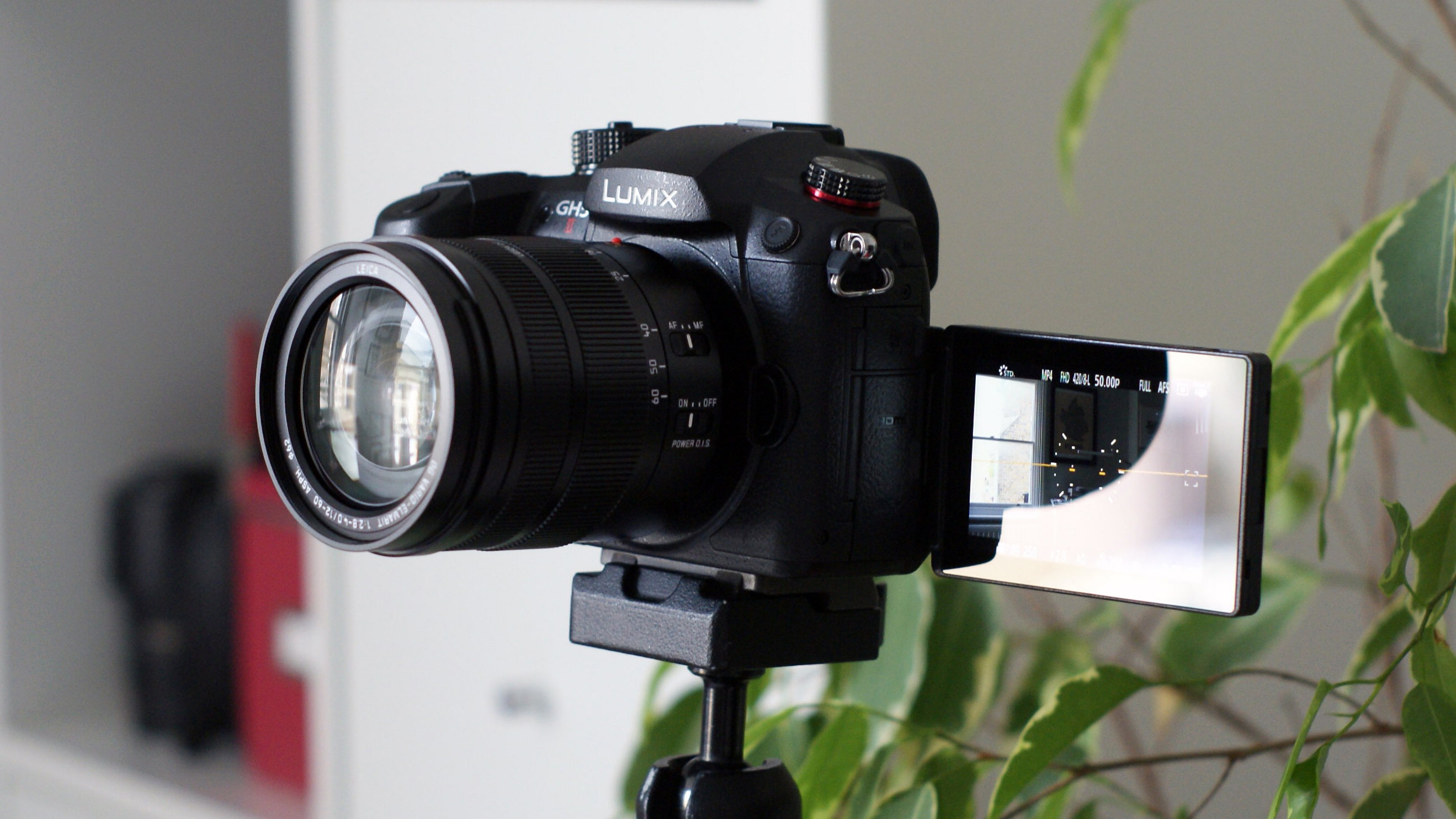
However, for anybody else in search of a well-built, lightweight mirrorless model with excellent handling, a fantastic range of video shooting options and solid stills performance, it’s certainly worth picking the GH5 Mark II over its predecessor. The GH5 was already a great choice, and the tweaks here just make it all the more appealing.
We’ll need more time with it before we can assess its worth in comparison to video-focussed rivals from Sony, Fujifilm, Canon et al, but it’s safe to say that its live-streaming capabilities give it something we haven’t really seen elsewhere in the mirrorless market.
- These are the best 4K cameras you can buy right now
0 comments:
Post a Comment